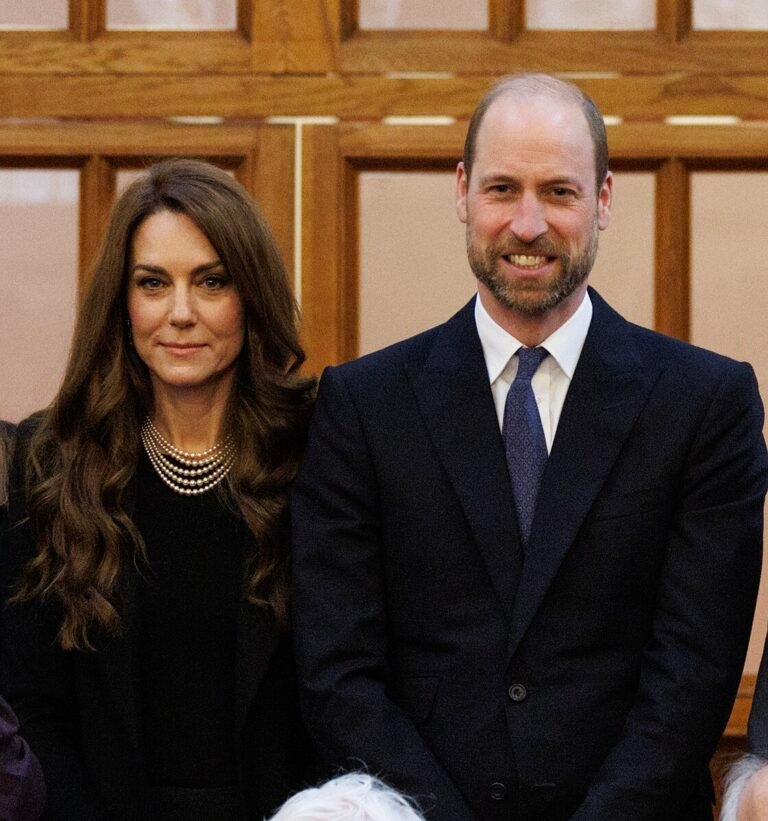Bangladesh is in the grips of a profound crisis as the government takes stringent measures to quell escalating unrest triggered by widespread protests, predominantly led by students. This has resulted in the enforcement of a ‘shoot-on-sight’ curfew and the announcement of public holidays in a bid to restore order amidst mounting tensions and violence.
Background of the Crisis
The unrest originated from protests against the reinstatement of civil service job quotas, which critics argue disproportionately favor the ruling Awami League. Over time, grievances have expanded to encompass broader dissatisfaction with perceived government authoritarianism, allegations of police brutality, and systemic corruption.
Details of the Curfew and Security Measures
The nationwide curfew, enacted from midnight on Friday and scheduled until Sunday morning, has been accompanied by rigorous security measures. Military and police forces have erected roadblocks and checkpoints across major urban centers like Dhaka, enforcing strict restrictions on movement and public gatherings to contain the unrest effectively.

Impact on Daily Life
The curfew has effectively confined residents to their homes, permitting only essential services to operate. A communications blackout, enforced since Thursday night, has exacerbated the isolation by blocking internet and social media access, heightening feelings of uncertainty and disconnect among the populace.
Escalation of Violence
Despite the curfew, incidents of violence have persisted with sporadic clashes and reports of arson spreading across Bangladesh, particularly in Dhaka. These confrontations have resulted in casualties, including fatalities and injuries, intensifying the toll of the ongoing crisis and escalating public apprehension.
International Response and Concerns
The escalating turmoil has triggered international concern, prompting neighboring countries such as India to facilitate the evacuation of their nationals from Bangladesh. The US State Department has elevated its travel advisory for Bangladesh to level three, cautioning against travel due to the volatile security situation and potential risks to personal safety.
Efforts Towards Resolution
Efforts are underway to initiate dialogue and reconciliation, with government officials engaging in discussions with student leaders to address grievances and demands. The government has expressed readiness to review the controversial civil service job quotas, signaling a commitment to defuse tensions and foster a pathway towards peaceful resolution.
Humanitarian Concerns and Assistance
Amidst the crisis, humanitarian efforts are focusing on delivering aid and ensuring the safety of affected populations. International organizations and neighboring countries are actively providing support to mitigate the impact of the unrest on civilians, underscoring collaborative efforts to alleviate humanitarian distress.
Conclusion
As Bangladesh navigates this critical juncture, the focus remains on de-escalation, constructive dialogue, and sustainable solutions to address the underlying socio-political grievances driving the protests. The upcoming days will be pivotal in shaping the trajectory of the crisis and determining efforts towards restoring lasting peace and stability in the nation.
The unfolding events in Bangladesh underscore the complexities of governance amidst public discontent, highlighting the imperative of managing dissent in a volatile socio-political environment. As developments unfold, global attention remains focused on advocating for peaceful resolution and stability in the region, emphasizing the urgency of effective crisis management and inclusive dialogue.












